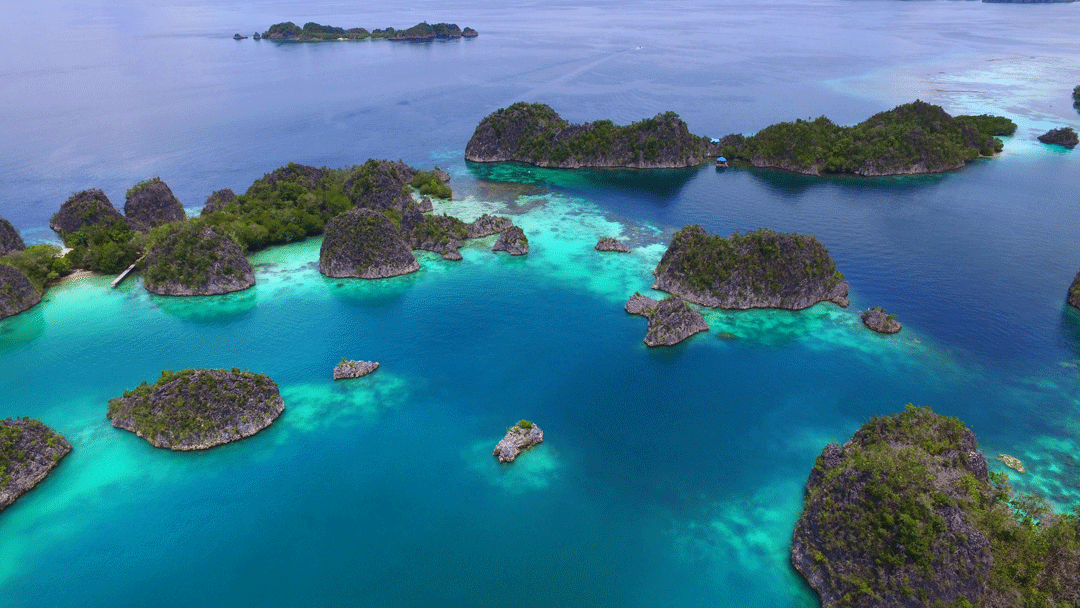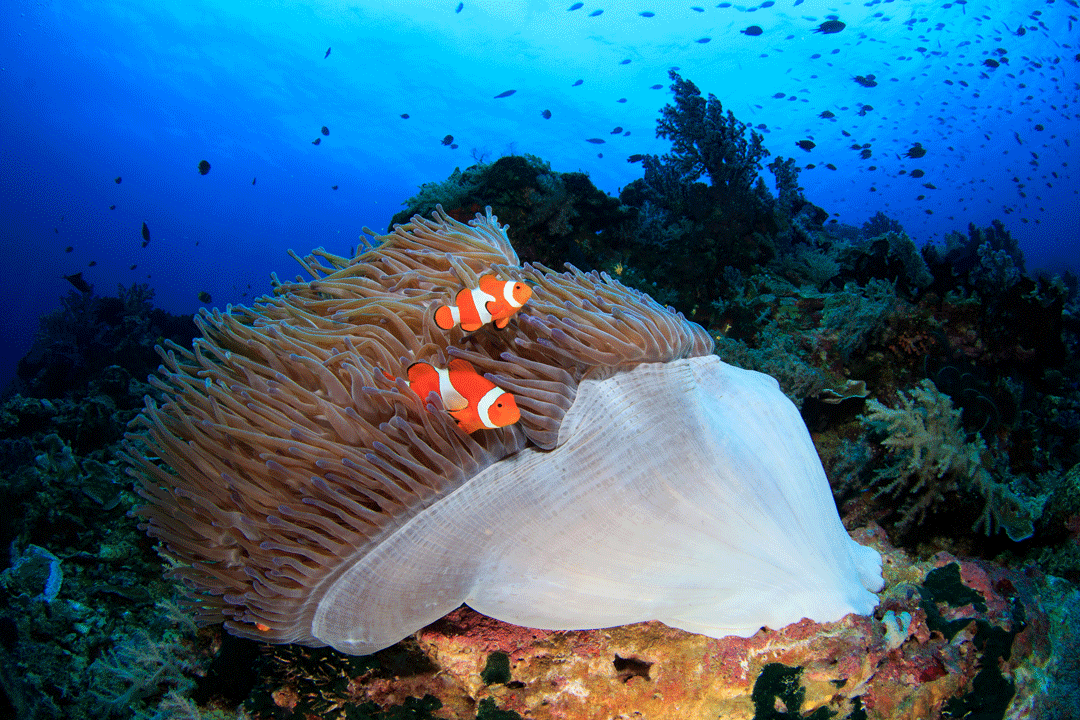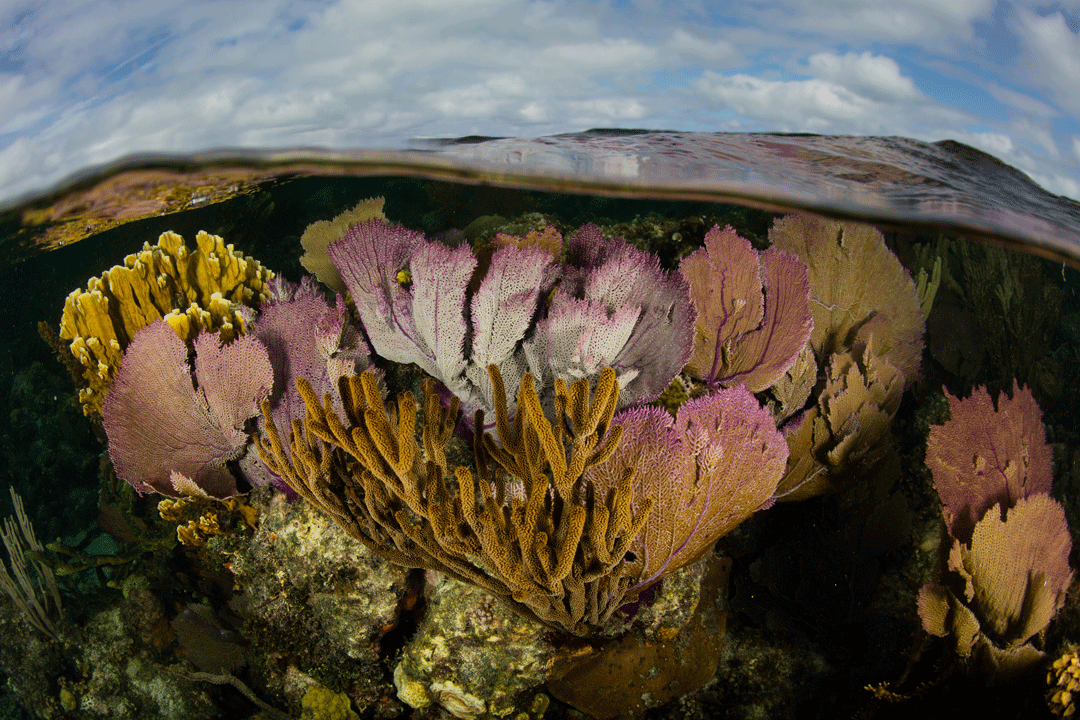Is Your MPA Doing Its Job? Scientists have framed new ways to decide.
Marine protected areas (MPAs) are a popular, and often useful, conservation tool used to preserve biodiversity. The trick is, once in place, knowing whether these MPAs continue to achieve their goals. There are plenty of challenges in getting MPAs right: where best to place them? What should their optimal size, shape and appropriate regulations be? How do we include all relevant voices in the design and decision-making process? Then there’s the enormous amount of work in designating MPAs through legislation and having them declared by law. Once in place, it seems that much of the work is done. However, that’s where much of the work actually begins!

Raja Ampat - a network of 7 MPA's in West Papua, Indonesia. These waters are some of the most biodiverse places for coral and vital fish species alike. Photo © Misbachul Munir | Shutterstock
The enforcement of MPAs is one challenge, as is the continued monitoring of their efficacy. How do we even begin to measure the performance of MPAs once they’re in place? Where to start?
A team of scientists led by Mirta Zupan from the National Center for Scientific Research, PSL Research University in France, set out to tackle just this question. Their results, published in December in the scientific journal Biological Conservation, provide a framework that gives some structure to anyone wanting to gauge how their MPA is measuring up.

Manta Ray passing behind a colourful sea fan soft coral in Raja Ampat. Photo © SergeUWPhoto | Shutterstock
To test their framework, they applied it to 15 MPAs in the Mediterranean – and some of their results are surprising. In the case of fully protected MPAs, extractive activities (fishing, mining) seem to be effectively reduced. However, where MPAs offer only partial protection (in some cases, MPAs will allow certain activities, such as fishing, while excluding others, like drilling and mining), the intensity of artisanal and recreational fishing was actually higher than outside the MPA! Of the 15 MPAs assessed, only 3 had lower levels of the 8 different human threats they’d studied relative to the areas outside the MPAs.

A Pair of clown fish or in their anemone in Raja Ampat. Photo © SergeUWPhoto | Shutterstock
Without some way to evaluate which human threats still exist around and inside MPAs, at what intensity and where they’re occurring, we remain a little in the dark when it comes to ensuring MPAs can best achieve their conservation goals. This really does seem to be a case where ongoing assessment, and the adage of “the more you know, the better you can do” hold true!

A beautiful set of gorgonians grows along the edge of the Blue Hole inside Lighthouse Reef in Belize. The remote marine protected area supports a wide, diverse variety of marine life. Photo © Ethan Daniel | Shutterstock
***Reference: Zupan, M., Bulleri, F., Evans, J., Fraschetti, S., Guidetti, P., Garcia-Rubies, A., Sostres, M., Asnaghi, V., Caro, A., Deudero, S. and Goñi, R., 2018. How good is your marine protected area at curbing threats?. Biological Conservation, 221, pp.237-245.
You can read the full paper here.
